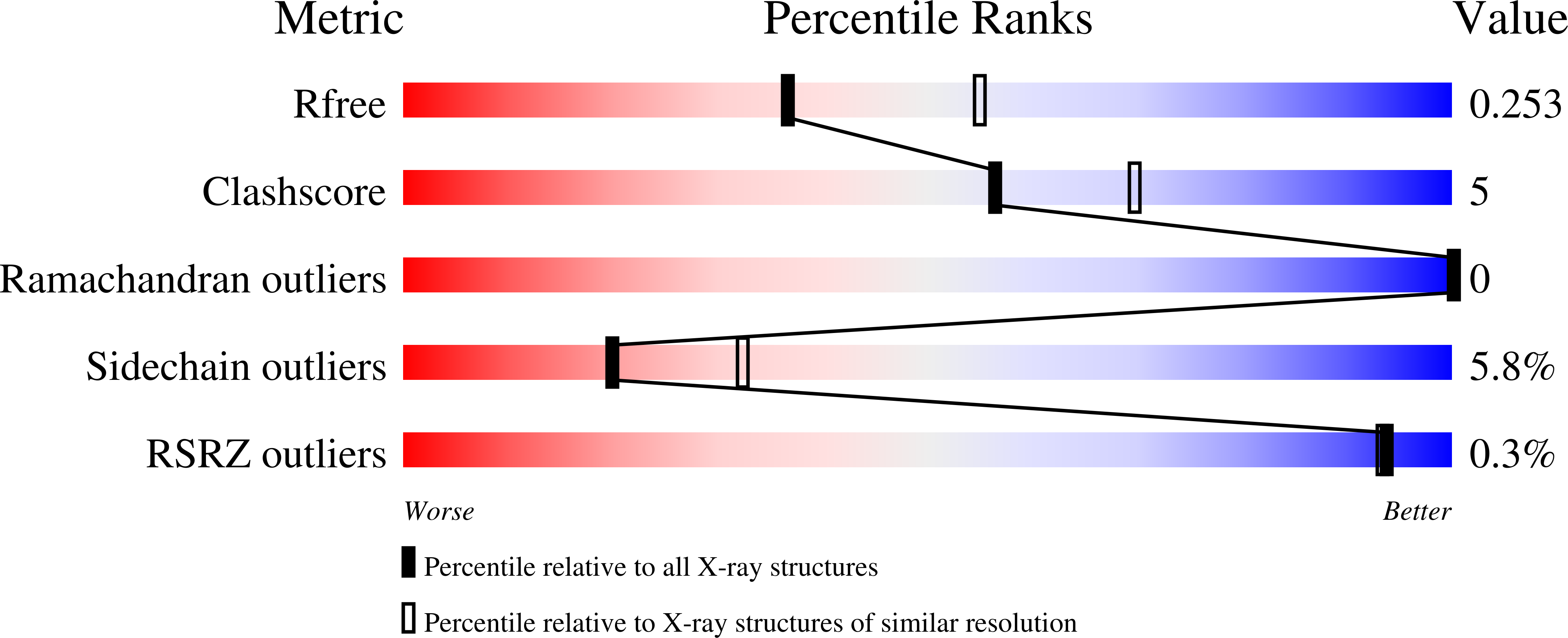
Deposition Date
2023-05-23
Release Date
2024-04-03
Last Version Date
2024-07-17
Method Details:
Experimental Method:
Resolution:
2.40 Å
R-Value Free:
0.25
R-Value Work:
0.21
R-Value Observed:
0.21
Space Group:
C 1 2 1


